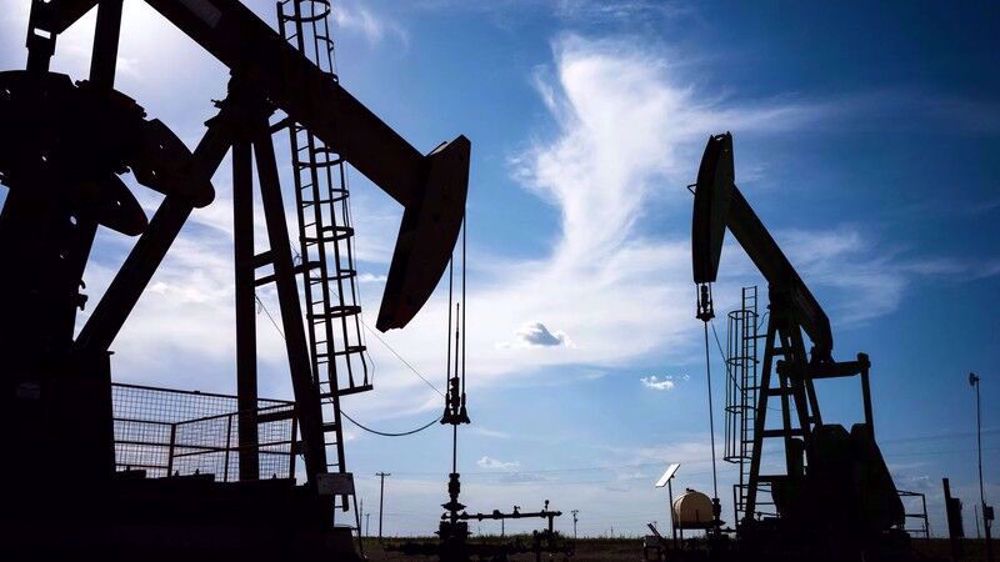OPEC production still higher than agreed: IEA
Members of the Organization of the Petroleum Exporting Countries (OPEC) have failed to curb production as agreed two months ago, with their output hitting a new all-time high, a global energy watchdog says.
“October proved to be another record-breaking month for OPEC, with crude oil output rising 230,000 barrels a day to 33.83 million barrels a day,” the International Energy Agency (IEA) said in its monthly report on the oil market on Thursday.
The estimate comes ahead of a crucial OPEC meeting in the Austrian capital city of Vienna on November 30, which is aimed at hammering out a deal to curb production. The members had agreed in Algiers in September to trim production, sending crude prices surging.
The IEA said the production in October was “well in excess of the high end of the proposed output range,” adding, “This means that OPEC must agree to significant cuts in Vienna to turn its Algiers commitment into reality.”
The Paris-based IEA also warned that higher-than-anticipated production could harm OPEC’s aspiration for a surge in oil prices next year.
“If no agreement is reached and some individual members continue to expand their production, then the market will remain in surplus throughout the year, with little prospect of oil prices rising significantly higher," said the report.
However, the international body added that if OPEC implemented its production ceiling, the market would “move from surplus to deficit very quickly in 2017.”
A supply glut in the oil market, which began to be felt two years ago, has hammered prices from highs of more than USD100 a barrel in June 2014 to above USD45 a barrel currently. The prices experienced near 13-year lows of USD30 in February this year.
Many blame Saudi Arabia, OPEC’s biggest producer, and Iraq for the rise in global supply while non-OPEC members like Russia have also shunned calls for a curb.
The IEA estimates that Russia will pump 500,000 more barrels a day in 2017, suggesting that the trend for the global supply growth would almost be the same as in 2016.
Relentless Israeli ceasefire violations justify need for self-defense: Lebanese MP
Tel Aviv tells Damascus Israeli forces will remain in occupied territory: Report
Dec. 22: ‘Axis of Resistance’ operations against Israeli occupation
‘Abhorrent’: Oxfam says only 12 trucks delivered aid in North Gaza since Oct.
VIDEO | Leader receives religious eulogists on Hazrat Fatima birth anniv.
Pope Francis slams Israel’s ‘machine-gunning’ of Gaza children
US hostage-taking of Iranian nationals violation of intl. law: Deputy FM
VIDEO | Carol Singers for Palestine on London’s Parliament Square














 This makes it easy to access the Press TV website
This makes it easy to access the Press TV website